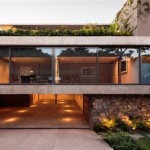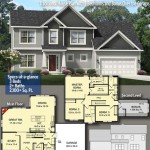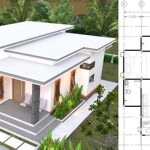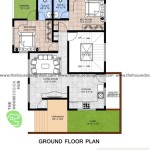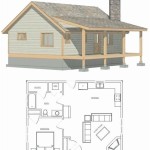Essential Aspects of Victorian Manor House Floor Plans
Victorian Manor Houses are renowned for their grandeur, intricate architectural detailing, and spacious floor plans. Understanding the essential aspects of these floor plans provides valuable insights into the lifestyle and social conventions of the Victorian era.
Grand Entrance Hall
The grand entrance hall served as a welcoming space for guests, setting the tone for the rest of the house. It typically featured high ceilings, elaborate moldings, decorative archways, and a sweeping staircase leading to the upper floors.
Formal Reception Rooms
Victorian Manor Houses typically included a series of formal reception rooms located on the ground floor, including the drawing room, dining room, and library. These rooms were designed for entertaining, with large windows, ornate fireplaces, and elegant furnishings.
Private Family Spaces
Beyond the formal reception rooms were private family spaces, such as the family sitting room, nursery, and bedrooms. These rooms were designed for comfort and family life, with cozy fireplaces, comfortable seating, and often access to a garden or conservatory.
Service Spaces
Victorian Manor Houses also had extensive service spaces, including kitchens, sculleries, pantries, and servants' quarters. These areas were tucked away from the main living spaces, ensuring privacy for both the family and the servants.
Vertical Circulation
Vertical circulation in Victorian Manor Houses was meticulously planned. The grand staircase was the main artery, connecting the ground floor to the upper floors. In addition, service staircases and backstairs were used by servants to access different areas of the house without disturbing the family.
Outdoor Spaces
Victorian Manor Houses often had extensive outdoor spaces, including front lawns, gardens, and conservatories. These spaces were used for recreation, hosting events, and growing flowers and vegetables.
Symmetry and Proportion
Victorian Manor House floor plans often adhered to strict principles of symmetry and proportion. Rooms were carefully balanced around a central axis, creating a sense of harmony and order throughout the house.
Technological Advancements
The Victorian era witnessed significant technological advancements, which influenced the design of Manor House floor plans. Gas lighting provided illumination, and plumbing improved sanitary conditions, allowing for modern bathrooms and indoor plumbing throughout the house.
Conclusion
Victorian Manor House floor plans offer a glimpse into the grand and intricate lifestyles of the Victorian era. They showcase a combination of opulence, comfort, and functionality, reflecting the social and architectural ideals of the time.

Good Victorian Mansion Floor Plans House Plan

Untitled Victorian House Plans Mansion Floor Plan Homes

1879 Print Victorian House Architectural Design Floor Plans Mansion Plan Homes
Sims 3 4 House Builds Victorian Plan 12805gc Wattpad

Historic Stone Victorian Mansion Late 1800s American Homes
Victorian House Plans Home Design Gml D 756 19255

Victorian House Plans Home Design Gml D 756 19255 Layout Mansion

Luxurious Victorian Home Plan Builder Ready 3225

Fountainbleau Open Floor Plan Mansion House

House Plan 98568 Victorian Style With 3017 Sq Ft 4 Bed 3 Bath

